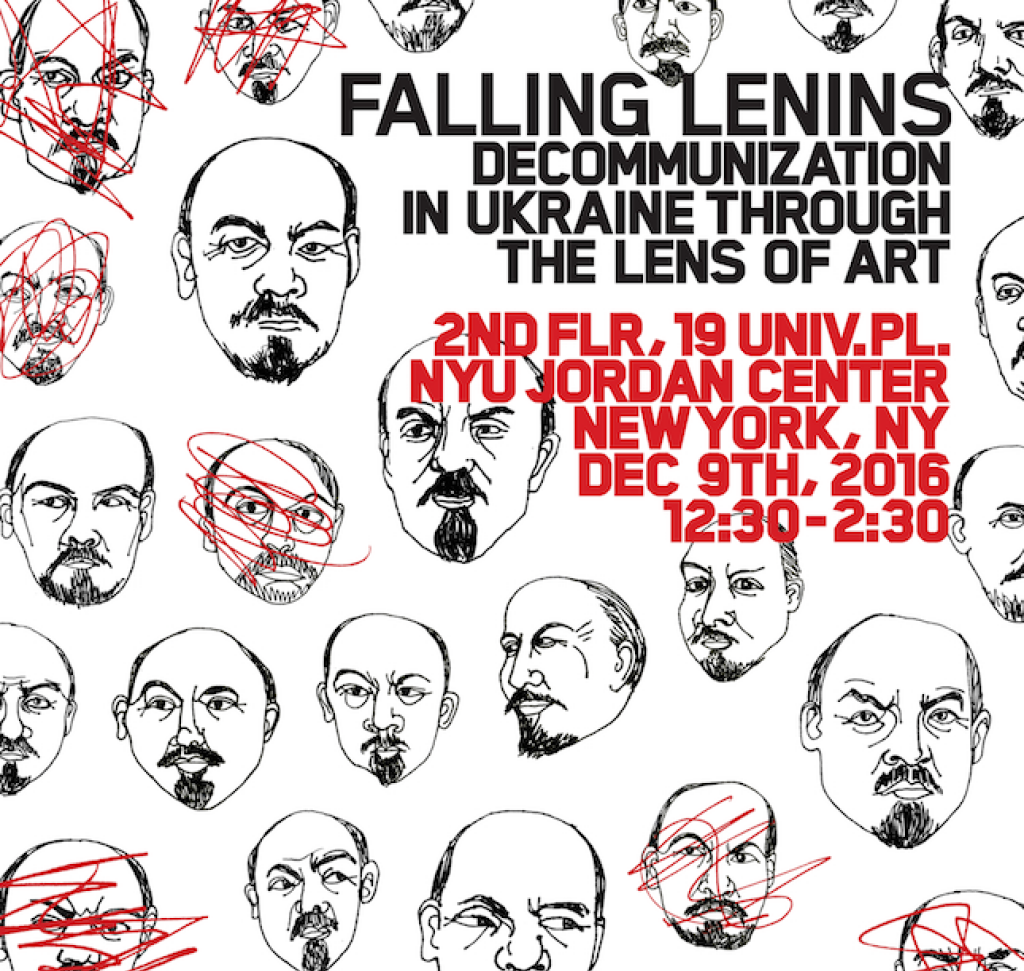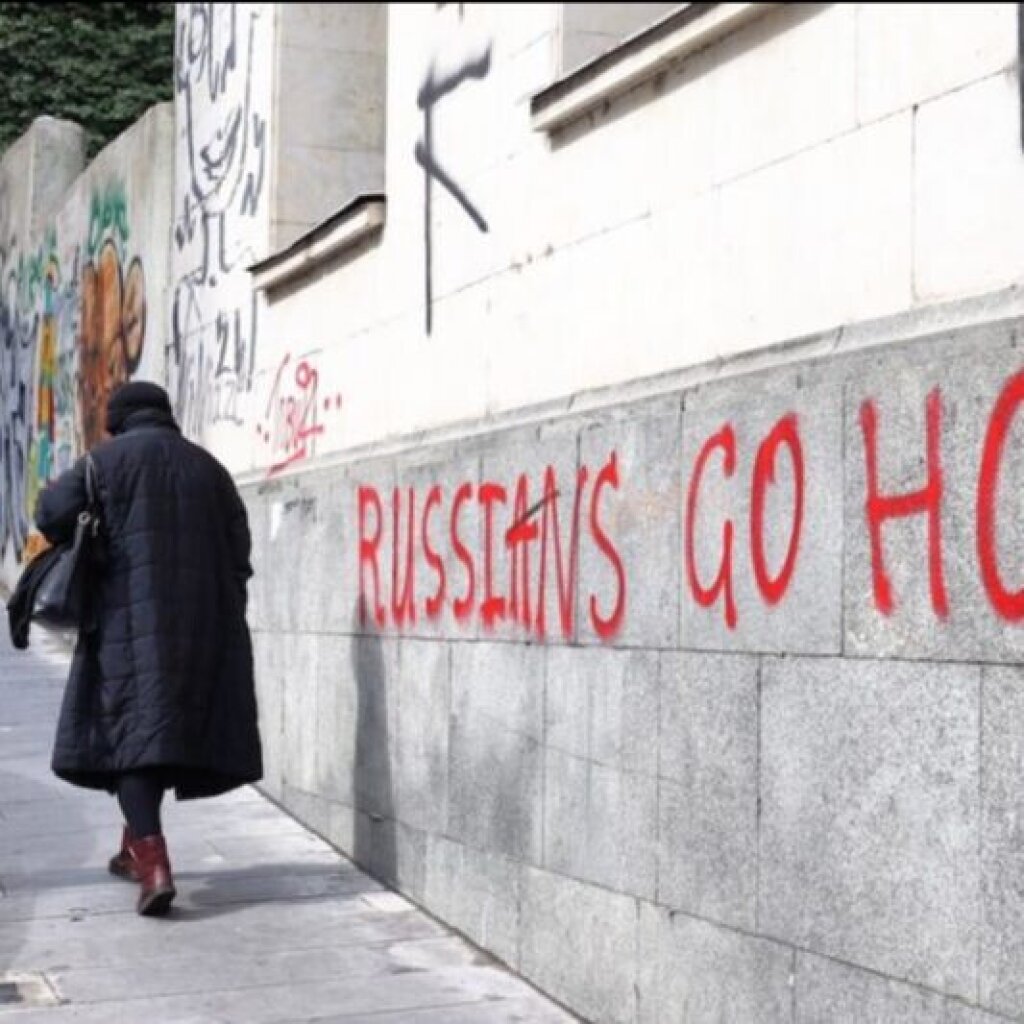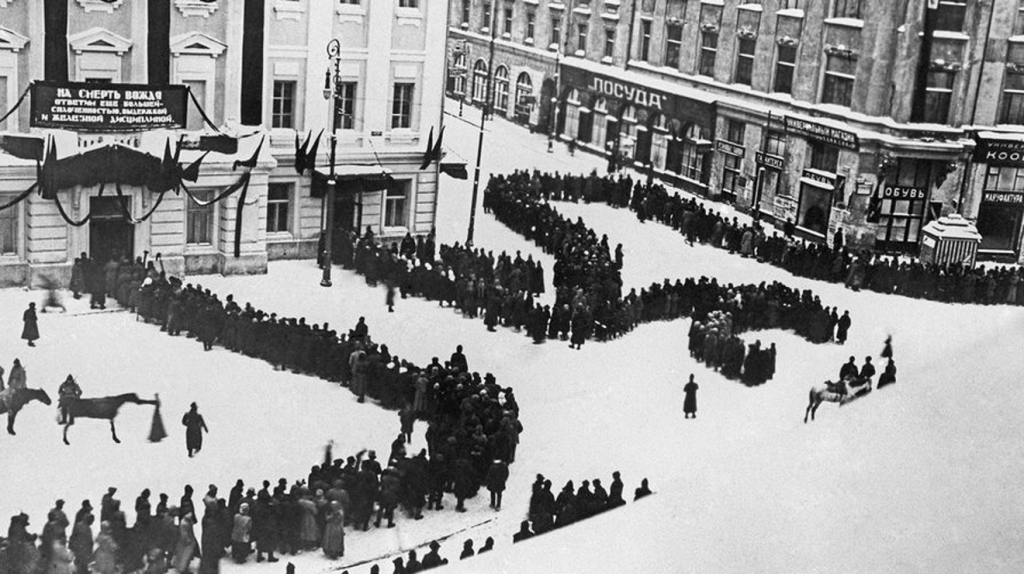On December 9th, 2016, please join the Russian and Slavic Department at NYU and the Jordan Center for a panel discussion entitled, “Falling Lenins: Decommunization in Ukraine through the Lens of Art,” with multimedia artists Anna Jermolaewa and Vova Vorotniov, art historian, activist and journalist, Asia Bazdryieva, and historian Kateryna Ruban. The panel will be moderated by Natasha Bluth, MA Candidate in Journalism and Russian and Slavic Studies at NYU and a Jordan Center graduate research assistant.
In May 2015, after the Euromaidan Revolution, Ukrainian President Petro Poroshenko passed a set of decommunization laws, initiating a sweeping campaign to reclaim so-called “Ukrainian history.” This legislation criminalizes Nazi and communist symbols, as well as outlaws “public denial of the criminal nature of the Communist totalitarian regime of 1917-1991.” Since its passage, Ukrainian authorities have removed over 1000 statues of Lenin and revoked the communist namesakes of over 900 towns and villages. Scheduled for completion by the end of this year, what happens once these remnants of communism are removed, and what will the empty pedestals be replaced with? Our panel of artists, journalists and historians will discuss their work in relation to decommunization, touching on themes of memory, mass politics, and the role of art as an instrument of political representation.
Asia Bazdyrieva is a Fulbright scholar from Ukraine currently pursuing an M.A. in Art History at the City College of New York, City University of New York. She is a 2007 honors graduate of Oleksandr Dovzhenko Hlukhiv National Pedagogical University with a M.A. degree in Philology. Bazdryieva has followed issues of Soviet heritage since she witnessed the Euromaidan revolution and one of its first symbolical breakthroughs—the fall of Kiev’s Lenin monument in early December 2013. From 2010-2014, she worked as a staff writer in ART UKRAINE magazine, focusing on contemporary art and culture. In 2014-2015, she edited an online zine IZIN and worked on a project called "Soviet Mosaics in Ukraine" that collected information about Soviet monumental art and worked to preserve it. In July 2015, she joined the research team of Architecture Ukraine in Mariupol, launched by Izolyatsia. Platform for Cultural Initiatives to explore urban issues in Ukraine’s war zone cities. In her recent articles, Bazdyrieva has focused on public art in Ukraine and the process of decommunization.
Anna Jermolaewa is a multimedia artist born in St. Petersburg, Russia who fled the Soviet Union in 1988 at age 18. She now lives in Vienna, Austria. She is a 1998 graduate of the University of Vienna in Art History and a 2002 graduate from the Academy of Fine Arts in Vienna in painting, graphic art and new media. From 2005 to 2011, Jermolaewa taught media art at the University of Arts and Design in Karlsruhe, Germany. Her work, for which she has won numerous awards, is held in the collections of the Stedelijk Museum, Friedrich Christian Flick Collection, Museum of Contemporary Art Kiasma, MUMOK-Museum Moderner Kunst Stiftung Ludwig, Wien, Volpinum Kunstsammlung, MUSA, Museum auf Abruf, Vienna, Tiroler Landesmuseums Ferdinandeum, Vehbi Koc Foundation, Kontakt-The Art Collection of Erste Group, Belvedere, Landesgalerie Linz, Wien Museum, Collection of Bank Austria, EVN Collection and Arbeiterkammer Wien. Jermolaewa’s current exhibit, “A Noble Experiment” is held at the Kerstin Engholm Galerie in Vienna.
Kateryna Ruban is currently a Ph.D. Candidate in History at New York University. Her dissertation explores Soviet public health care, particularly its maternity care, and the role of Soviet doctors in Sovietization and modernization through a microhistory of a provincial hospital in Transcarpathia, Western Ukraine from the late 1940s to the early 1990s. She holds a MA in history from Central European University in Budapest and in Cultural Studies from the Kyiv-Mohyla Academy. Her interests include Soviet and Russian imperial history, critical theory, Marxism, memory politics and urbanization under capitalism. Ruban has closely followed the decommunization process in Ukraine and worked with artist Anna Jermolaewa to document "Leninopad" (Lenin-fall) around Ukraine. In March 2016, she gave a talk with Jermolaewa, who presented her work in a group exhibition at MUSA museum in Vienna.
Vova Vorotniov is a Ukrainian artist and activist, best known for his graffiti art and muralism. He studied philosophy at the Taras Shevchenko University and the Kyiv-Mohyla Academy. In his research as an urban ethnographer, Vorotniov traces disappearing Soviet material culture and its transformation into post-Soviet forms, focusing on processes of decommunization, vandalism, contemporary Ukrainian spontaneous (un)architecture and trash culture. He has participated in various exhibitions in Ukraine and abroad and is represented by Czulosc Gallery in Warsaw as a photographer. Earlier this year he took part in artists' initiative and an exhibition "De ne de" in Kiev, which contemplates decommunization in Ukraine. His "Decommunization project" is currently on exhibit at the Dependence Degree group show at the BWA Awangarda Gallery in Wroclaw, Poland.
This event is co-sponsored by the NYU Jordan Center for the Advanced Study of Russia and the NYU Russian and Slavic Department. A light reception will follow the event.
Image by Elizabeth Goodspeed.



